Patient Background
A 57-year-old female patient visited Goldome Dental after her dental implant crown fell off while eating sunflower seeds. The implant had been placed at another clinic during the COVID-19 pandemic. After the crown detached, the remaining metal part irritated her tongue.
Clinical Findings
- Tooth site: Lower right #31 implant
- The abutment (connector) was fractured, leaving metal exposed above the gum line.
- The implant body remained stable, with no mobility.
- Mild soft tissue irritation observed due to the sharp fractured surface.
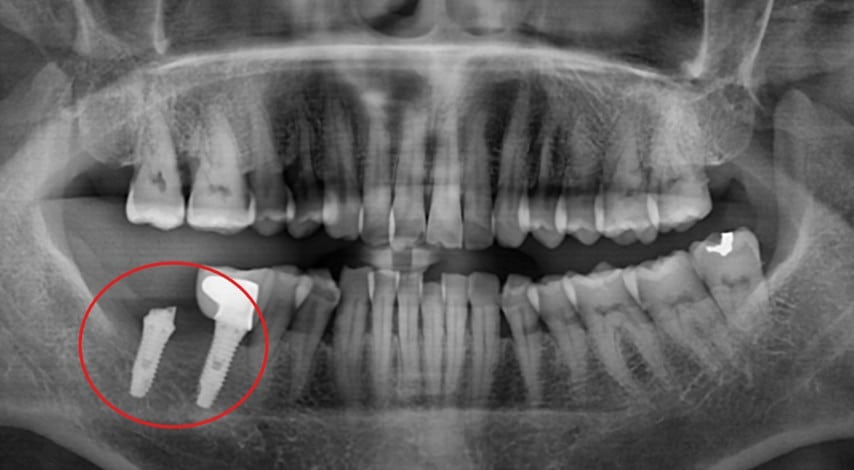
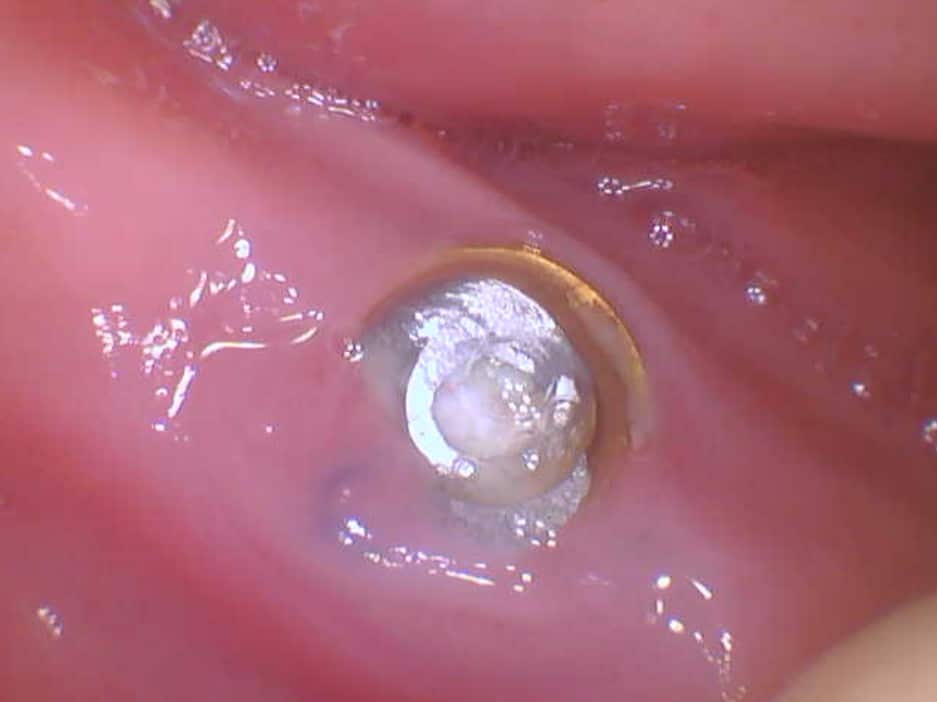
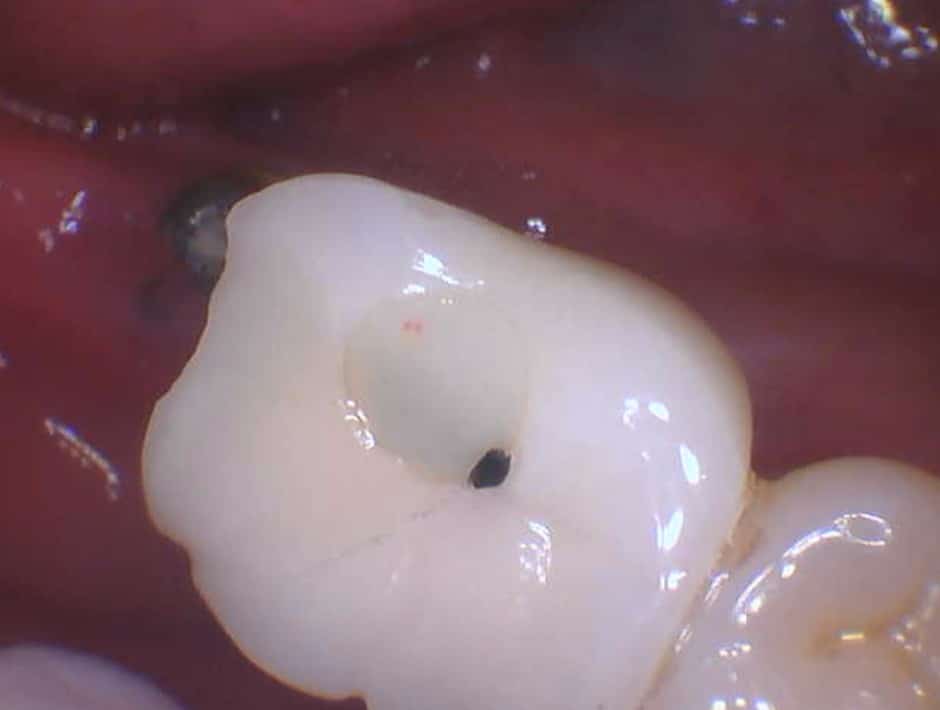
Figure 1: Clinical photos showing fractured abutment at #31 site
Possible Causes of Abutment Fracture
- Excessive occlusal force: Biting hard foods may overload the abutment.
- Material fatigue or micro-movement: Long-term micromovements at the implant-abutment interface can cause metal fatigue.
- Non-original or incompatible components: The crown or screw may not have been fully compatible with the implant system.
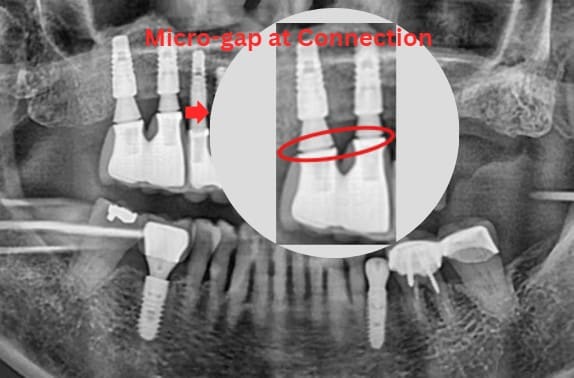
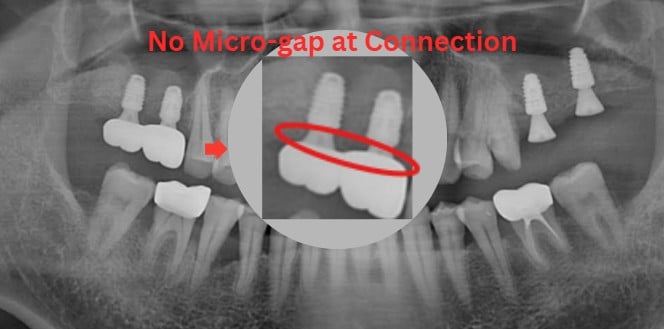
Figure 2: Interface micro-gap, a common cause of abutment fracture
Treatment Plan
- Carefully remove the fractured abutment segment.
- Radiographically evaluate the implant body for integrity.
- If stable, fabricate a new compatible abutment and crown.
- If internal damage is present, implant replacement may be necessary.
Doctor’s Recommendation
“A dental implant is not a ‘one-time solution’; it needs careful maintenance just like natural teeth.
Any unusual bite sensation or slight looseness may be an early warning sign.
Regular check-ups and proper care are essential to ensure the implant remains stable for over ten years.”
— Dr. Lee
How to Protect Your Implants
- Avoid chewing hard foods (nuts, bones, ice).
- Schedule regular check-ups every 3–6 months.
- Report looseness, clicking, or unusual sensations immediately.
- Use original, compatible components during crown replacement.
